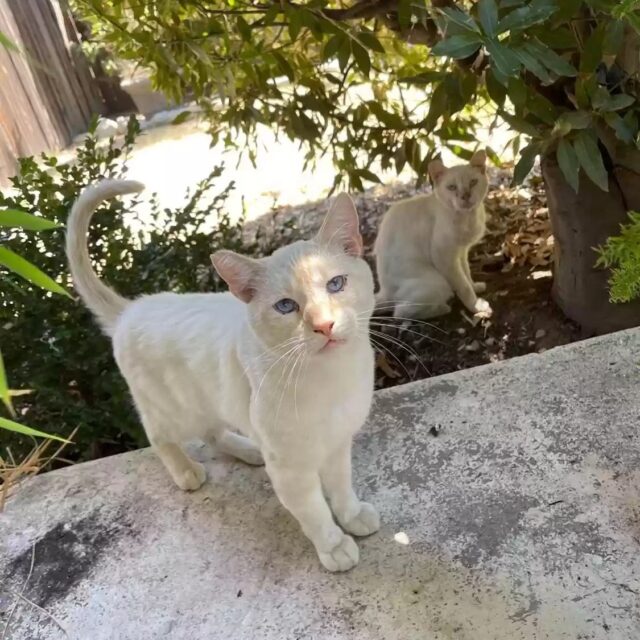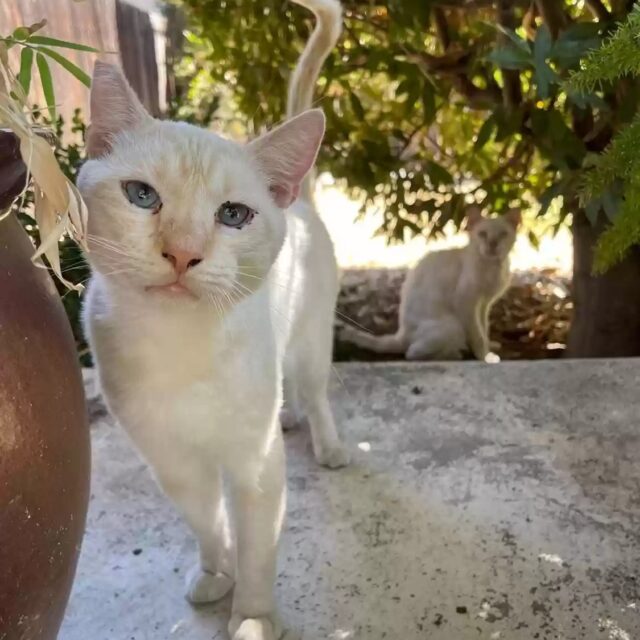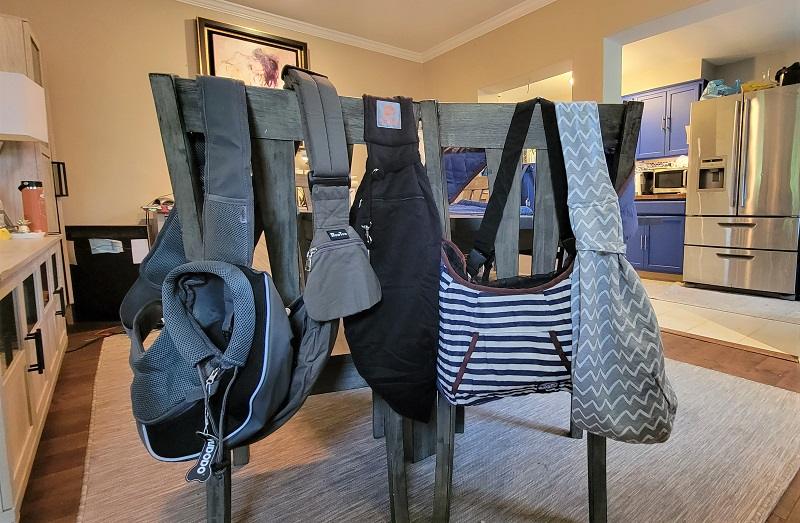
Our Review Process
Our reviews are based on extensive research and, when possible, hands-on testing. Each time you make a purchase through one of our independently-chosen links, we’ll receive a percentage of the proceeds. Read more about how we’re supported here.
Some cats bolt immediately if you even look at the closet where their carrier is stored. For many cats, the appearance of the carrier means something scary or unpleasant is about to happen – they’re about to be taken away from the safety and security of their home.
Having a cat carrier is essential for planned trips in the car but they are less practical if you simply want to keep your cat by your side for a while. This is where a cat sling carrier comes in handy.
Much like a baby sling for humans, a cat sling carrier is a fabric pouch you can wear over your shoulder and put your cat inside. It’s less bulky than a cat backpack or a traditional carrier, and it gives your cat the comfort of being held close to your body.
At A Glance: Best Cat Sling Carriers To Buy
Want a quick look at the products reviewed in this article? In the comparison table below, we’ve highlighted some of the most important features of each product. You’ll find more detailed information about each product later in the article.
Overall Best
10.0
Picked by 31 people today!
YUDODO Pet Sling Carrier
- Well-made from thick, sturdy materials
- Numerous features to keep your cat secure
- Wide shoulder strap for comfortable wear
Fan Favorite
9.8
Picked by 31 people today!
TOMKAS Pet Sling Carrier
- Reversible design with zippered storage pocket
- Cat hair doesn’t cling as much to the polyester material
- Adjustable shoulder strap for comfort
Best For Large Cats
9.3
Picked by 18 people today!
Alfie Pet Amos Pet Front Sling Carrier
- Front sling design is ideal for bigger cats
- Adjustable back straps and wide shoulder straps
- Comes with solid board insert for added support
When Should You Use A Cat Sling Carrier?
Here are three situations in which you might find it helpful to have a cat sling carrier:
1. You Want To Take Your Cat Outside But He Isn’t Comfortable On A Leash.
Whether you’re training your cat as an adventure companion or just trying to give him a little exercise, harness and leash training take time. The first step is getting your cat used to the harness and, from there, building your cat’s confidence on a leash and spending time outdoors.
If you’re looking for a safe and hassle-free way to desensitize your cat to the outdoors, a cat sling carrier might work. Putting your cat in the sling enables you to expose him to different outdoor travel experiences while he enjoys the safety and security he gets from being in the sling. The right sling carrier will enable your cat to peek his head out so he can view his surroundings with a low risk of escape.
A sling carrier is also a great alternative to more structured carriers for transporting your cat from the car to another location. Traditional cat carriers are generally safer for car travel, but once you arrive at your destination (like the vet) it may be more convenient to carry your cat inside using the sling. Plus, the sling acts as a layer of protection between you or the vet and your anxious cat’s claws.
2. You Have A Clingy Cat Who Likes To Stay By Your Side Around The House.
While cats have a reputation for being more aloof as a species than dogs, some cats are cuddle bugs – all they want is to spend every waking moment by your side. As much as you may want to indulge your cat’s desire for affection, some activities just can’t be completed with a cat in your arms. That’s where a cat sling carrier comes in.
A cat sling carrier enables you to keep your cat by your side without impairing your ability to live your life. Cat slings are ideal for clingy breeds like Siamese and Sphynx, but they’re also a great option for cats with mobility challenges. If your cat has trouble getting around on his own, a cat sling enables him to move around the house with you without pain or discomfort.
Cat slings also come in handy any time your cat is outside his comfort zone. Not only will keeping your cat in a sling prevent him from accidentally injuring himself or others, but it will prevent him from bolting and hiding under something or escaping outside.
3. You Find Yourself In An Emergency Situation Where A Traditional Carrier Isn’t Practical.
No cat owner wants to think about what might happen to their cat in an emergency situation. As your cat’s carer and guardian, however, it’s important to be prepared and to have a plan in place should the worst come to pass.
In the event of a natural disaster or any situation that requires immediate evacuation, you may be forced to leave the house quickly with only as much as you can carry. The last thing you want to do is leave your cat behind but finding the space (or spare hands) to tote along a cat carrier simply may not be practical.
In emergency situations like these, a cat sling carrier enables you to carry your cat close while keeping your hands free. As long as you use the sling correctly, your cat should stay perfectly safe and secure by your side as you navigate the challenges you face.
NOTE: You should never leave your cat in a sling carrier on his own. Sling carriers are designed to help you keep your cat close and your proximity is largely what keeps your cat safe in this type of carrier. Sling carriers are not appropriate for car travel.
Check out our top 12 picks for the best traditional cat carriers here.
5 Things To Look For In A Cat Sling Carrier
Your cat’s safety is always your top priority, so there are certain things you shouldn’t compromise on when shopping for a cat carrier. Cat slings are a different product entirely but there are still important features to look for that will help you choose the best option for your cat.
1. Appropriate Sizing
For the most part, you can use the same sling carrier for small dogs and cats. Just be sure to check the weight limit of the bag. Some manufacturers will provide measurements for the length and depth of the bag, but pet weight is generally the best metric to use when choosing a sling carrier.
The average housecat weighs about 10 pounds, so most cat sling carriers are sized accordingly. The weight capacity of a carrier is determined not only by its size but its construction. A cat carrier bag made with thicker, less flexible materials will support heavier pets than a soft cotton sling.
2. Adjustable Straps
Unlike a hardsided carrier that has a handle, a pet sling carrier generally has a single strap you wear over your shoulder. The strap should be well constructed with double stitching so it doesn’t stretch. To ensure support for your cat and comfort for you, the shoulder portion of the strap should be fairly wide so the weight is distributed over a larger area. Most importantly, however, the strap should be adjustable.
An adjustable strap means you can lengthen or shorten the strap according to what feels most comfortable for you – it also allows you to decide whether your cat’s weight rests against your hip or tucked more closely in to your side. Most pet carrier slings have a crossbody design.
3. Security Measures
Cat slings are, by nature, fairly secure. The material that makes up the body of the sling collapses in around your cat, his body weight pulling the open sides toward the middle. This is typically enough to keep a calm cat in place, but if your cat is anxious or a little high-strung, you’ll appreciate having extra security measures to keep him safely contained.
Many cat sling carriers come with a safety strap or buckle on the inside. It might be a buckle that loops around your cat’s collar or a hook you can attach to the collar’s D-ring. Make sure the safety strap is short enough that your cat won’t be able to escape from the bag with the strap still attached.
4. Quality Construction
A good cat sling is made from high-quality materials and designed specifically with cats in mind. Look for durable materials like nylon or leather for heavier cats and cats who might get a little fussy in the sling. Slings made from softer materials like cotton work well for kittens, small cats, and cats who stay calm.
In addition to evaluating the quality of the materials, take a look at how the sling is put together. Double-stitched seams help prevent seams from tearing and hems from fraying. The shoulder stap should be attached securely to the body of the sling and the security strap should be able to withstand some pull.
5. Comfort And Style
Most pet sling bags are similar in style – they have a pouch-like body and a crossbody strap. When shopping different designs, keep your cat’s comfort in mind as well as your own. A padded shoulder strap keeps you comfortable, but consider a sling that has a padded bottom to give the sling a little structure and better support your cat’s bodyweight.
Other design factors to consider include breathability and external storage. Because cat sling is designed to be worn directly against your body, it can get a little warm for your cat. Breathable materials help dissipate body heat to keep your cat cooler. Storage pockets are always a benefit, giving you a place to store treats, a collapsible water dish, and your cat’s leash.
Our Top Picks For The Best Cat Sling Carriers
Now that you know what we looked for in a cat sling carrier, you can better understand why the following products are our top picks.
Product Info
- Materials: Leather, mesh
- Size Options: Small, medium, large
- Weight Limit: 14 lbs.
- Adjustable Strap: Yes
- Safety Features: Leash hook, fixed zipper
- Price: $20.31
Having opened all five of the cat slings I ordered for testing, the YUDODO sling felt the most well-constructed. The materials are thick enough to give the sling some structure and the shoulder strap is nice and wide for comfortable wear.
Marketed as a small dog carrier, this pet sling worked just as well for my smallest cat, Munchkin. She only weighs about 7 pounds, so the Small size was a perfect fit. It was pretty snug which made me feel like she was really secure, but I’d recommend sizing up to a Medium for cats over 7 pounds.
What I really appreciated about the YUDODO sling carrier was how many features it had to prevent escape. It’s an enclosed carrier you zip your cat into and the neck area has a drawstring closure so you can adjust the size to accommodate your cat’s head and neck. There’s a velcro strap to hold the drawstring in place and to cover the zipper for added security.
The only point of consideration I’d recommend with this sling is that the size is somewhat limiting. It’s pictured with a pet dog but I found it worked well for my cat. It can be a little tricky to get a cat into, however, especially if yours is long-haired like mine. I had to hold her fur out of the way while I zipped it up.
Pros
- Well-made from thick, sturdy materials
- Numerous features to keep your cat secure
- Wide shoulder strap for comfortable wear
Cons
- May not work for large cats
- Can be tricky to zip your cat into it
Product Info
- Materials: Polyester
- Size Options: One size
- Weight Limit: 10 lbs.
- Adjustable Strap: Yes
- Safety Features: Leash hook, snap closures
- Price: $21.99
With over 20,000 rating on Amazon, the TOMKAS pet sling carrier is a popular pick. This carrier bag is moderately priced at around $20 and comes in half a dozen different colors, all of which are reversible.
The TOMKAS pet cat sling is made from very soft fabric. It has a synthetic feel to it but I found that cat hair didn’t cling to it as much as some of the other materials I tested. The sling seemed to be well made and the adjustable shoulder strap was nice and wide. I also appreciated the inclusion of a zippered front pocket to carry treats or other pet supplies.
While there’s a lot to love about the TOMKAS sling, it’s not my favorite choice as a travel bag or long-term carrier. The materials are soft but don’t provide much structure, so your fur baby may not be comfortable in the sling for long periods of time.
It’s also worth noting that this sling is a little less secure than other carriers I tried. It still comes with a leash hook inside and a closure on either end of the opening. The closures are snaps, however, and may come open more easily than the buckles on the Jekeno sling carrier.
Pros
- Reversible design with zippered storage pocket
- Cat hair doesn’t cling as much to the polyester material
- Adjustable shoulder strap for comfort
Cons
- Not intended for cats over 10 pounds
- Snap closures not as secure as buckles
Product Info
- Materials: Cotton
- Size Options: One size
- Weight Limit: 13 lbs.
- Adjustable Strap: Yes
- Safety Features: Leash hook, button closures
- Price: $16.99
Many of the cat sling carriers I tried had a similar design and none were particularly pricey. The Jekeno small pet carrier sling is my budget-friendly pick for its attractive design, increased weight capacity, and adjustable shoulder strap. The breathable cotton material is machine-washable for added convenience.
There aren’t many significant differences between this sling and the previous TOMKAS model. This sling is made from soft cotton materials versus polyester, so it has a nicer feel to it but may collect cat hair more easily. Both slings have an adjustable shoulder strap, a leash hook for security, and closures on either end of the opening.
The Jekeno sling utilizes buckles closures which feel a lot more secure than the snaps on the TOMKAS sling. There’s no way for your cat to undo them accidentally, even if he moves around.
Overall, this sling seems to be made from high-quality materials but, again, I don’t see it being a practical option for prolonged use unless your cat is comfortable just curling up and sleeping at your side. This sling holds up to 13 pounds, so it’s a little bigger than the TOMKAS sling, but neither model offers much in the way of support in the bottom of the sling.
Pros
- Six reversible color options to choose from
- Budget-friendly pick under $20
- Wide shoulder strap with adjustable length buckle
Cons
- Limited support for larger cats
Product Info
- Materials: Cotton
- Size Options: 4
- Weight Limit: 15 lbs.
- Adjustable Strap: Yes
- Safety Features: Safety strap, button closures
- Price: $24.95
When choosing a cat sling, it’s important to consider your own comfort as well as your cat’s. If the sling digs into your shoulder, you’ll find yourself moving it frequently which may disturb your cat. The SlowTon tote bag for pets offers an adjustable padded shoulder strap but, unlike the other models reviewed above, it is filled with sponge-like material for enhanced comfort.
I tried to purchase the breathable fabric model but received the water-resistant one instead. The fabric was very lightweight and soft – it had the feel of athletic clothing. While I appreciate the water-resistant benefits, I felt like the thin material didn’t have much structure to it and that the mesh model might be a little more supportive.
The SlowTon sling utilizes button closures versus snaps or buckles. They feel more secure than the TOMKAS’ snaps but the buttons can be a little tricky to manage if you’re using one hand to keep your cat in the sling while getting it closed.
Practically speaking, this sling is very similar to most of the other models reviewed here. The water-resistant fabric is a nice touch, though I would have liked to try the breathable mesh option. I also appreciated the zippered storage pocket.
Pros
- Thickly padded shoulder strap for comfort
- Zippered storage pocket on the front
- Available in four sizes and seven colors
Cons
- Button closures can be tricky to manage with one hand
- Limited support for larger cats
Product Info
- Materials: Cotton, mesh
- Size Options: One size
- Weight Limit: 15 pounds
- Adjustable Strap: Yes
- Safety Features: Safety strap, mesh closure
- Price: $64.99
The Alfie front sling carrier is the most unique of the models I tested. Rather than being worn as a shoulder bag, this carrier is designed to be worn on the front of the body. It’s almost like a backpack carrier in reverse.
When I unpacked the Alfie carrier I was a little confused by the straps but figured it out soon enough. There are adjustable nylon straps that cross behind your back while the extra-wide shoulder straps carry most of the weight on your front. This feature is why I chose the Alfie sling carrier for large cats.
Another feature that makes this carrier a better pick for big cats than a side sling carrier is the fact that it comes with a solid board insert. The shape of the carrier ends up being rectangular when in use and the removable board turns the base into a solid surface to help support your cat’s weight.
In my mind, the Afie front sling carrier is tied with the YUDODO carrier in terms of security. The fact that this sling is worn across the front of your body feels more secure to me than a side sling – your cat’s weight pulling against the shoulder straps helps keep the top opening closed.
For an added measure of security, however, this sling has a drawstring mesh closure you can use to keep your cat entirely in the carrier or you can leave it open enough for him to pop his head out. This sling also has the safety strap we’ve seen with other carriers.
Pros
- Front sling design is ideal for bigger cats
- Adjustable back straps and wide shoulder straps
- Comes with solid board insert for added support
Cons
- Pretty expensive
- Can be a little awkward to put on
Frequently Asked Questions
Are cat sling carriers safe?
Yes. Cat slings are a safe and effective way to transport your cat when used properly. Choose a cat sling made from soft but durable material with sturdy seams, an adjustable shoulder strap, and security leash or harness attachment inside.
Do cats like being in slings?
Not all cats will enjoy being in a sling but, for the most part, your cat should feel safe and secure being close to your body. It’s important to find a sling that is appropriately sized for your cat and to take steps to get your cat acclimated to the sling before using it for any extended period of time.
Can you use a baby sling for cat?
No. Baby slings are designed for the anatomy of a human child and will not fit your cat properly. They’re largely meant to support the weight of the child while keeping the cat from escaping is a bigger concern with cat slings. A cat sling needs to support your cat’s weight but should also be designed to prevent escape with features like internal leashes.
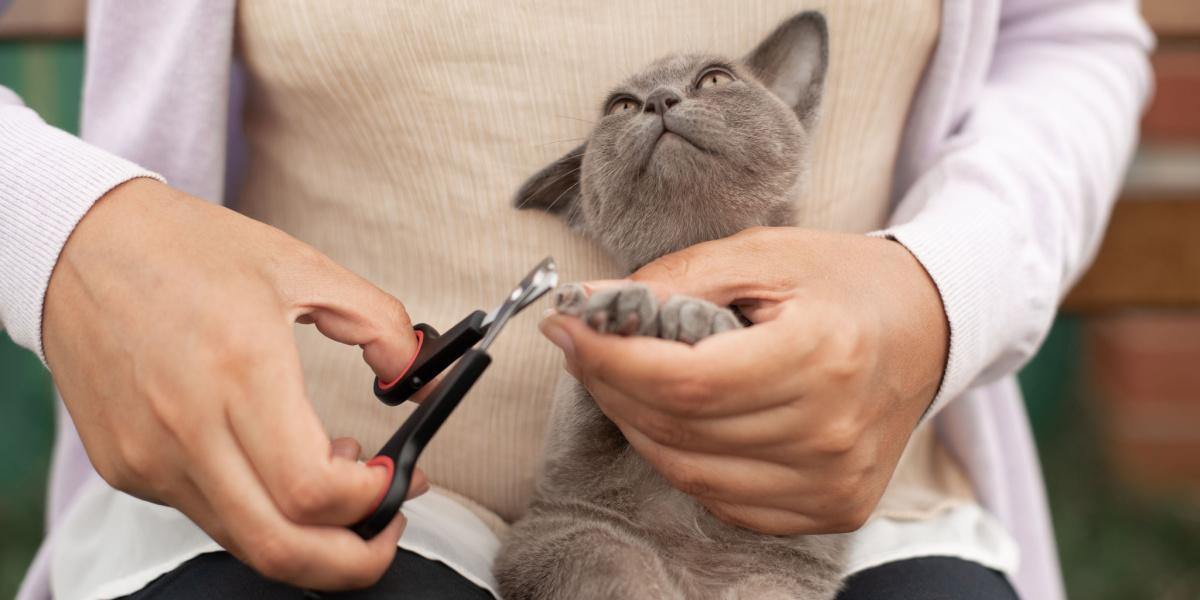
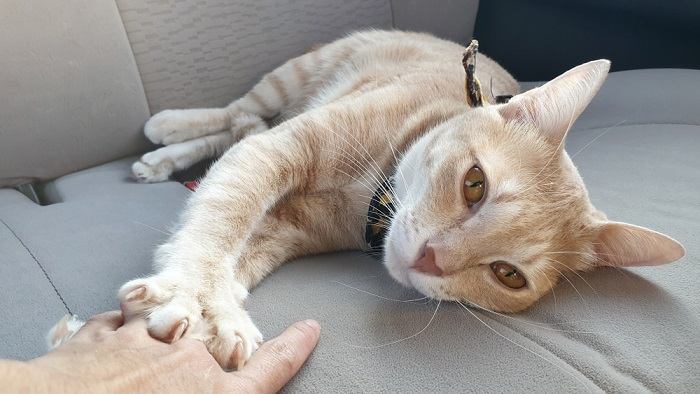



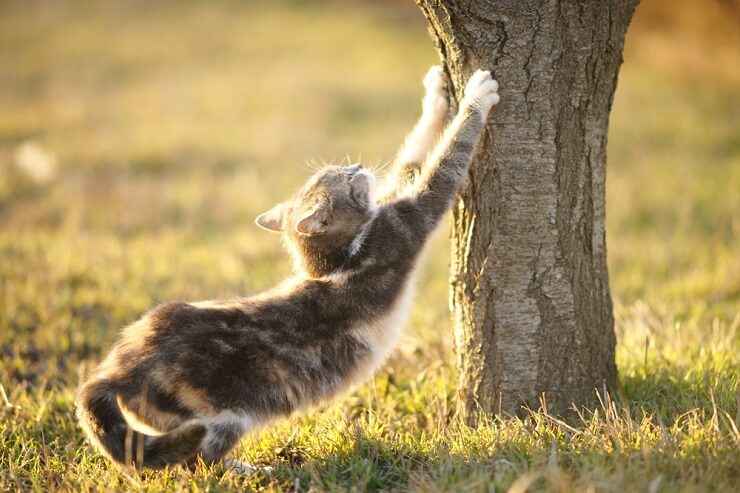



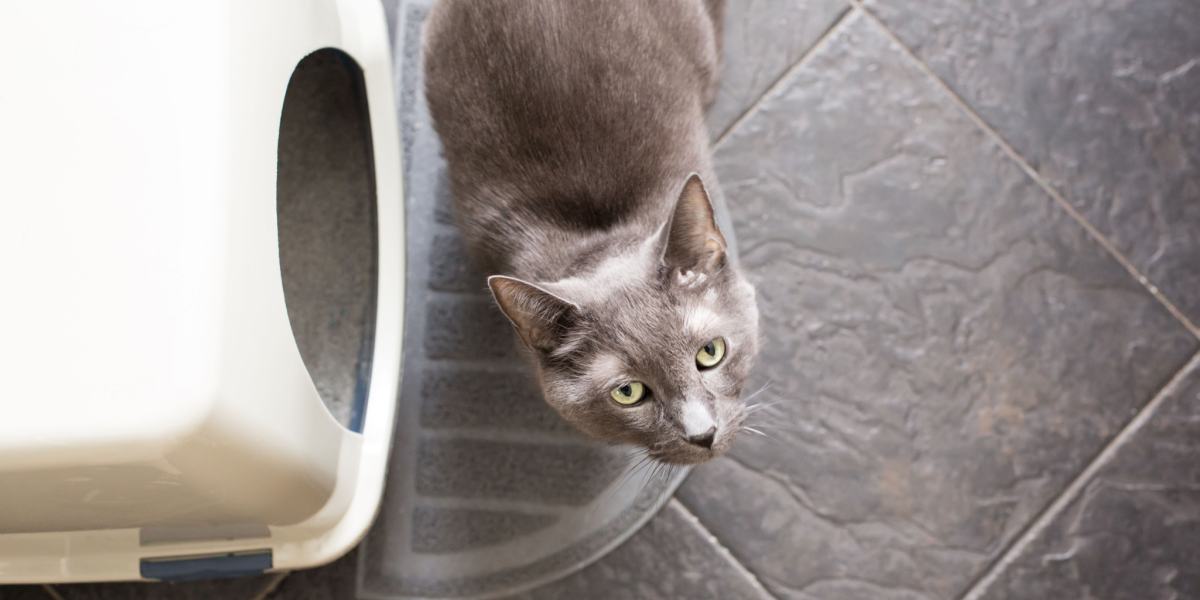

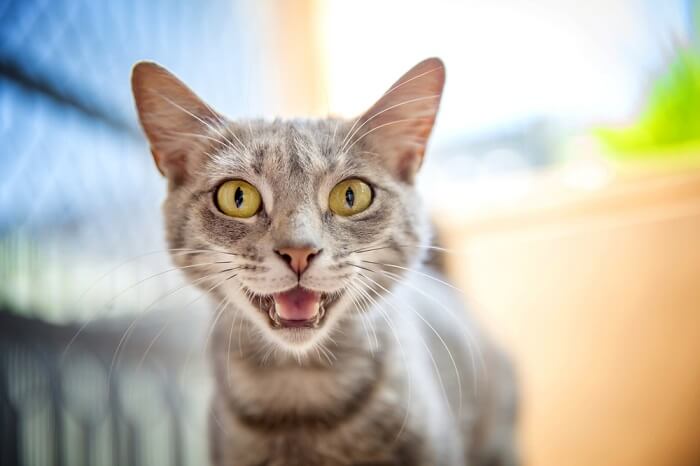

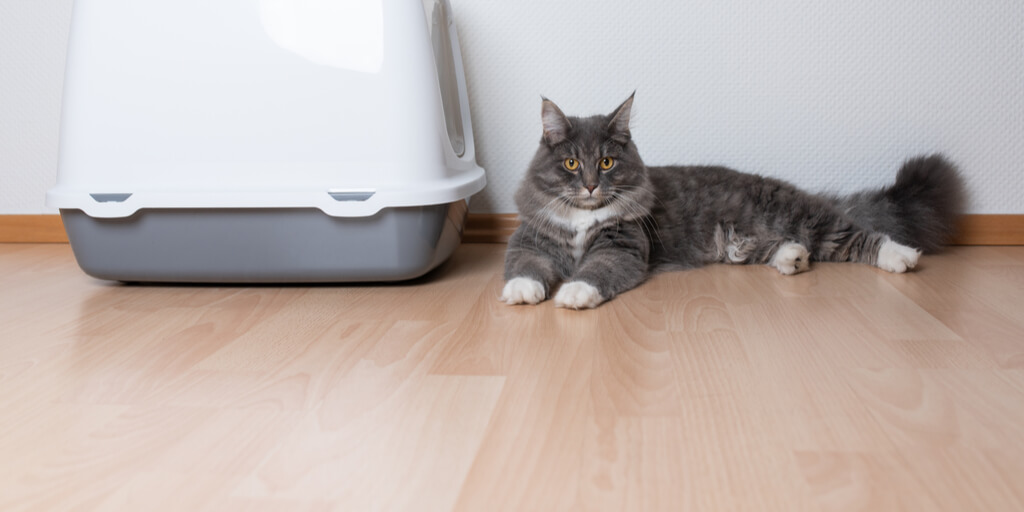
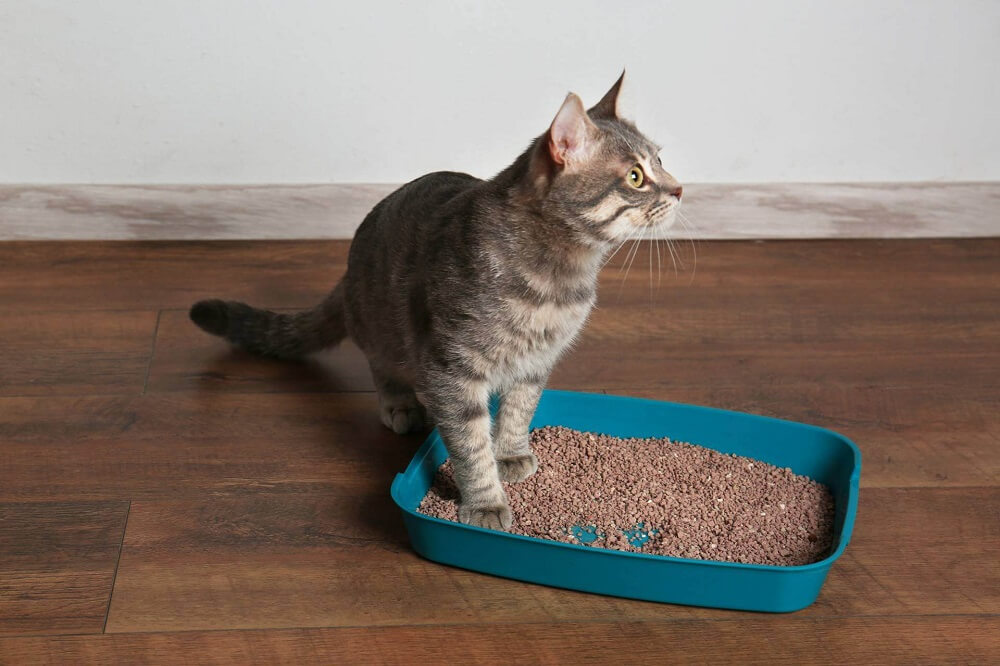
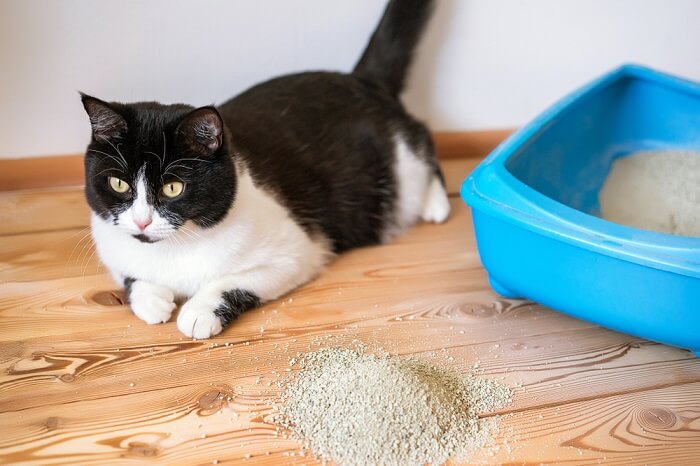
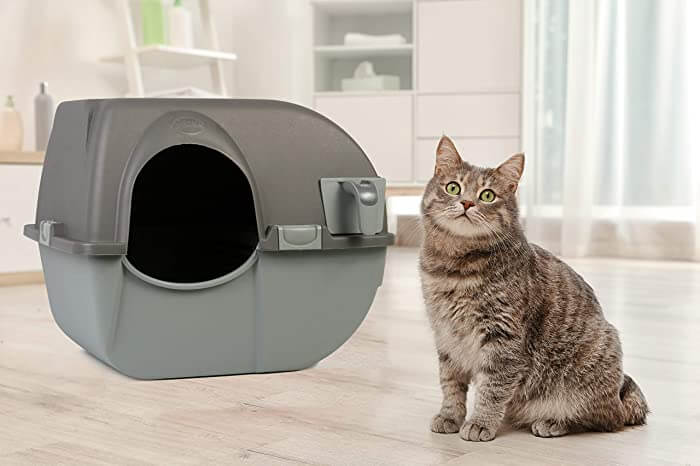




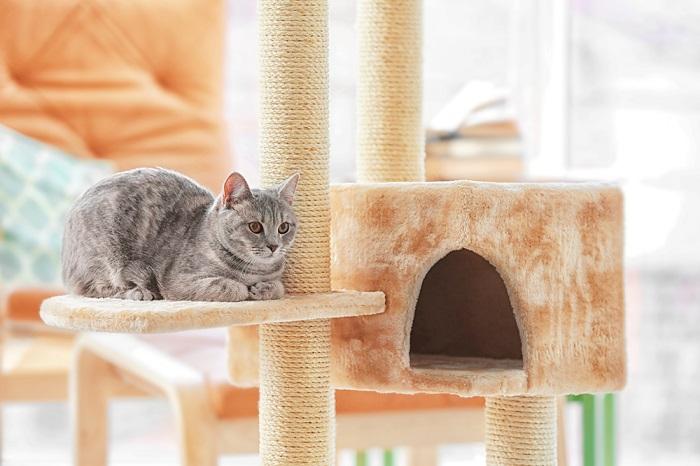
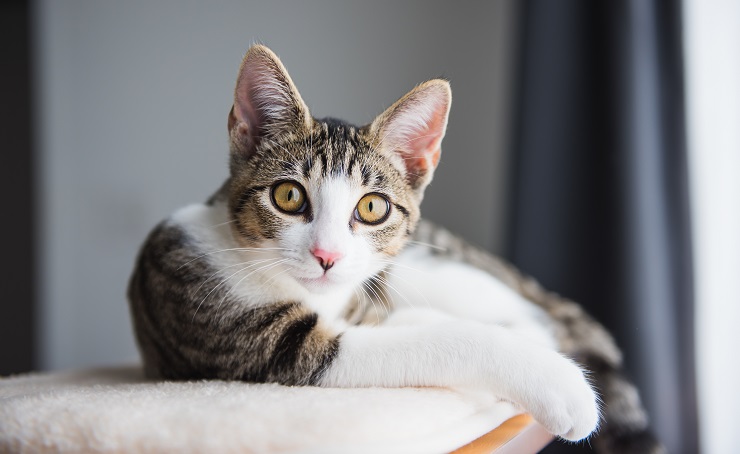
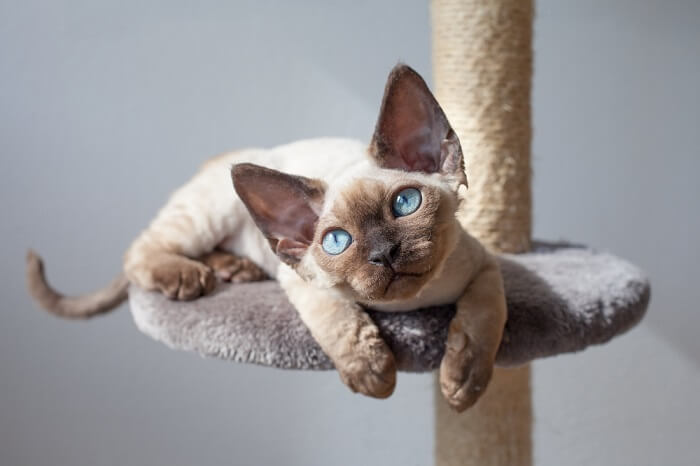

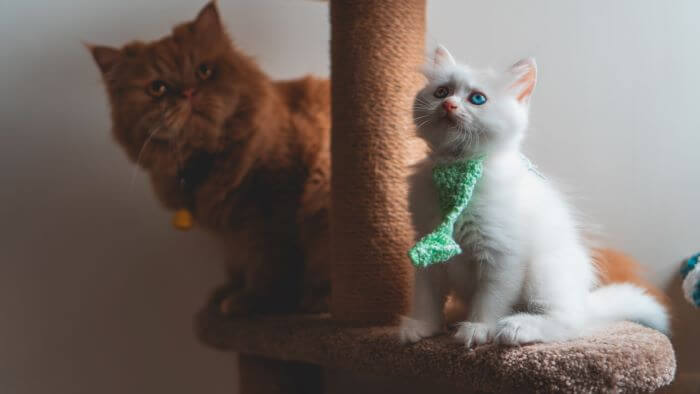
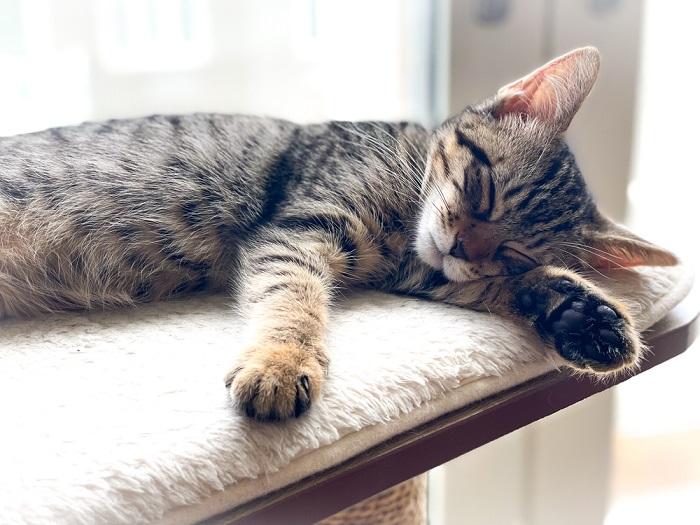




 Mattie the catYork County SPCA
Mattie the catYork County SPCA Mattie was found as a stray, covered in severely matted furYork County SPCA
Mattie was found as a stray, covered in severely matted furYork County SPCA York County SPCA
York County SPCA He felt so much better and happier after they removed all the matsYork County SPCA
He felt so much better and happier after they removed all the matsYork County SPCA His long fur coat grew back over timeYork County SPCA
His long fur coat grew back over timeYork County SPCA Mattie blossomed into a beautiful mini lion catYork County SPCA
Mattie blossomed into a beautiful mini lion catYork County SPCA York County SPCA
York County SPCA Mattie at his forever homeChandler Scull
Mattie at his forever homeChandler Scull Chandler Scull
Chandler Scull
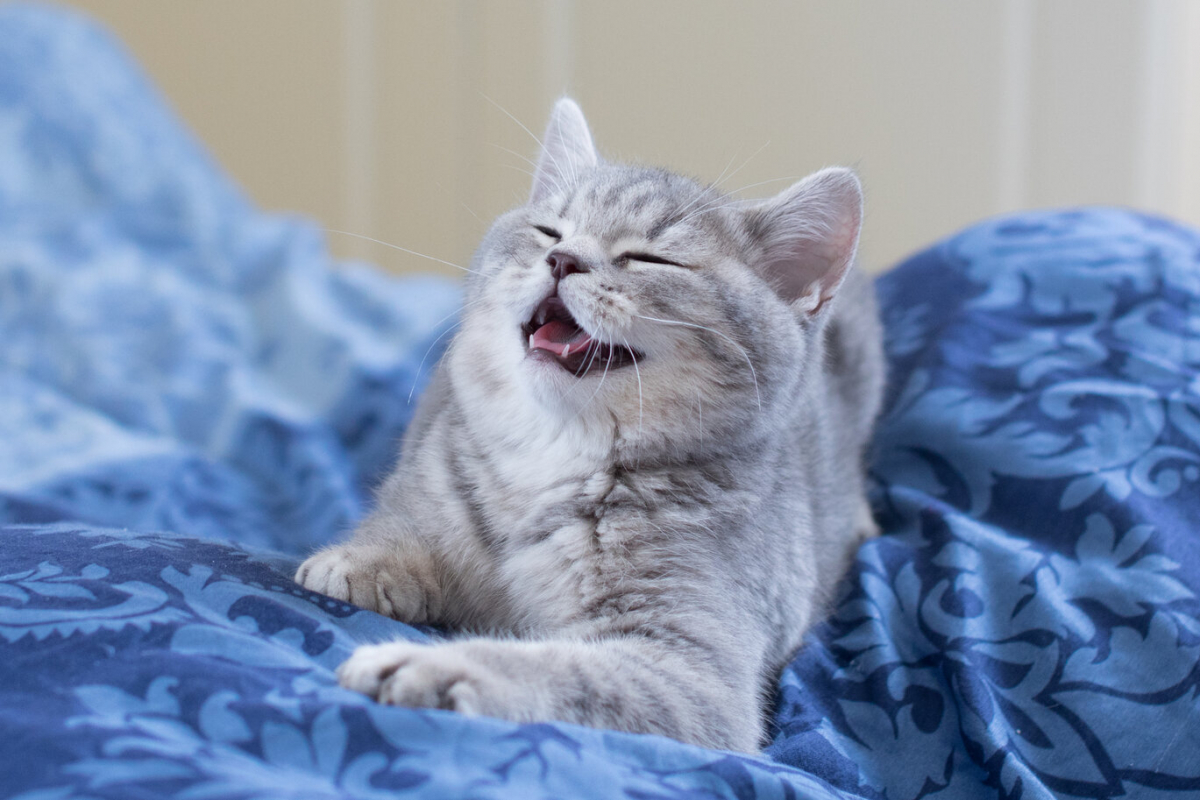

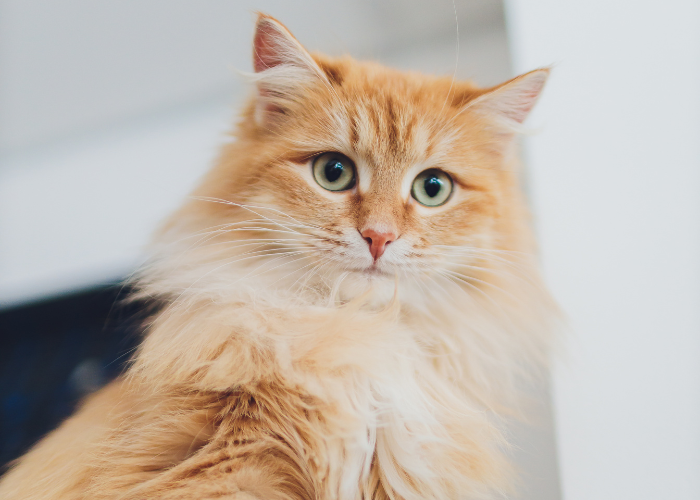

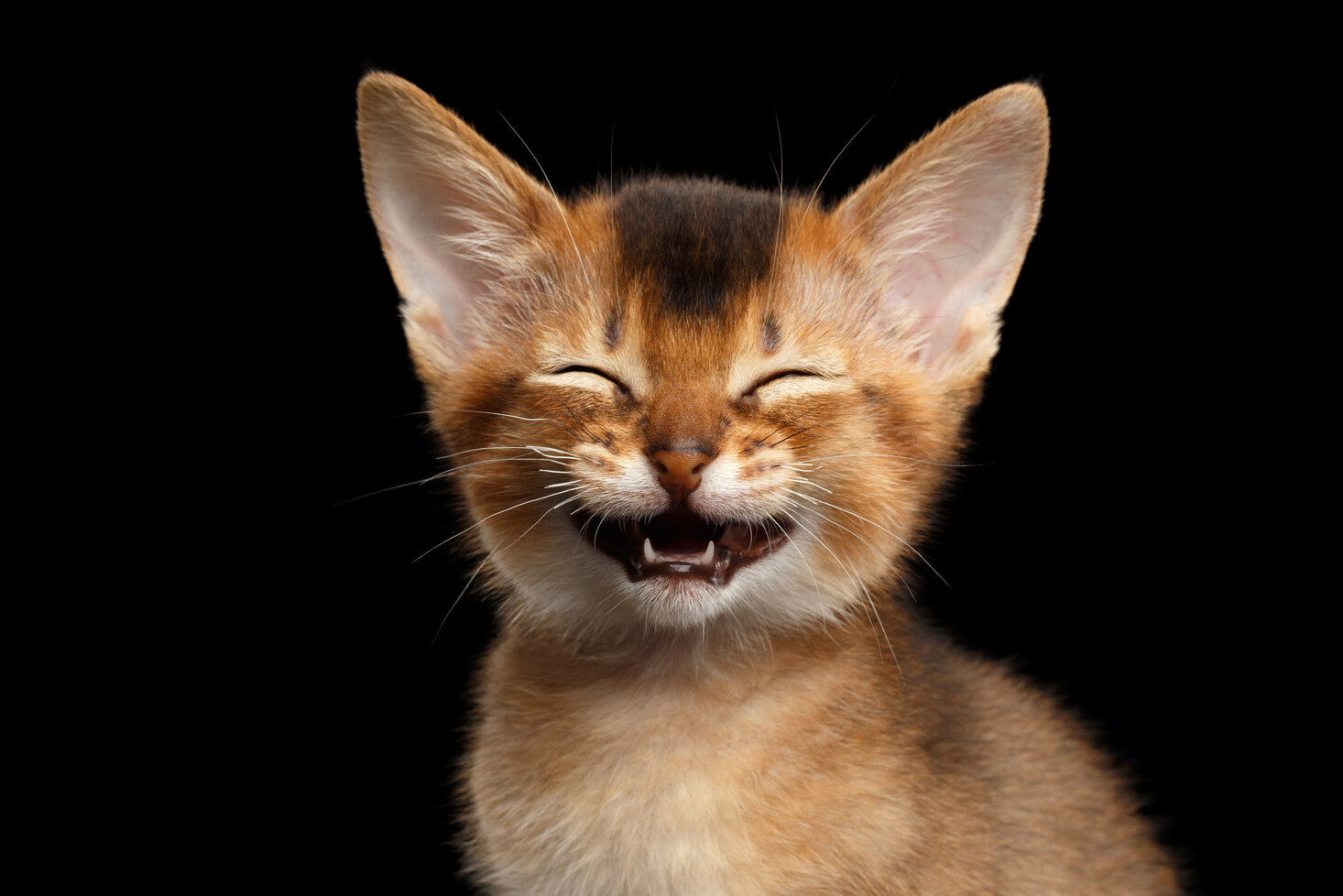
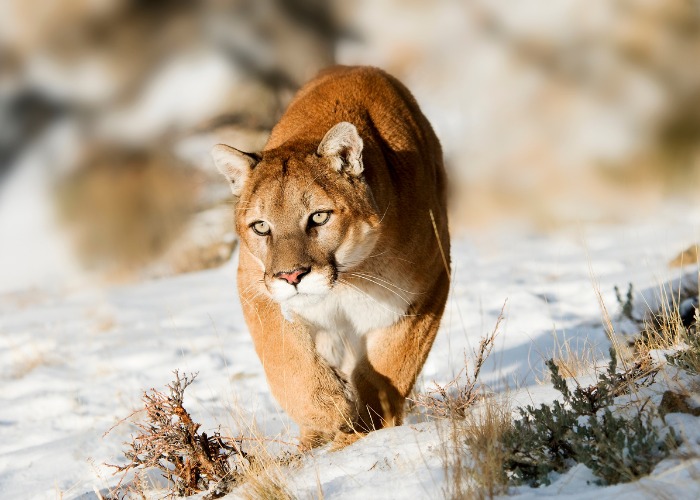


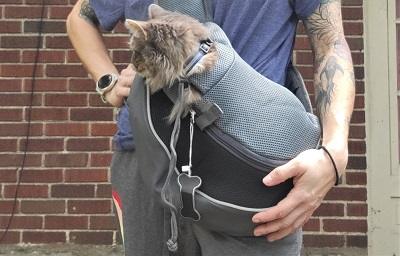

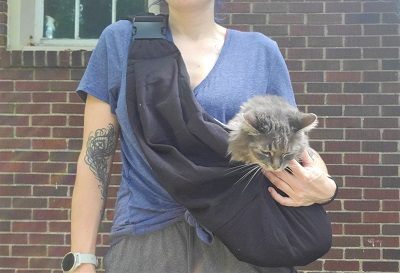
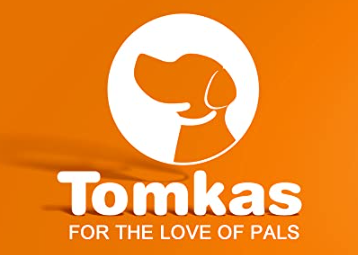
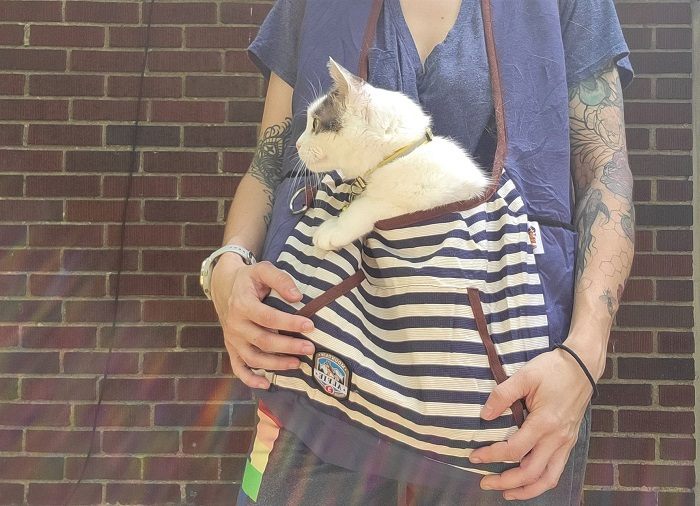
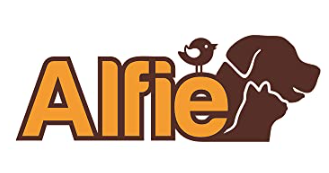

 Uno the kittenBe Their Voice Animal Rescue
Uno the kittenBe Their Voice Animal Rescue Be Their Voice Animal Rescue
Be Their Voice Animal Rescue Be Their Voice Animal Rescue
Be Their Voice Animal Rescue Be Their Voice Animal Rescue
Be Their Voice Animal Rescue Be Their Voice Animal Rescue
Be Their Voice Animal Rescue Be Their Voice Animal Rescue
Be Their Voice Animal Rescue Be Their Voice Animal Rescue
Be Their Voice Animal Rescue Be Their Voice Animal Rescue
Be Their Voice Animal Rescue Be Their Voice Animal Rescue
Be Their Voice Animal Rescue Uno and TessBe Their Voice Animal Rescue
Uno and TessBe Their Voice Animal Rescue Uno and BessieBe Their Voice Animal Rescue
Uno and BessieBe Their Voice Animal Rescue Uno is all grown upBe Their Voice Animal Rescue
Uno is all grown upBe Their Voice Animal Rescue Uno and her best friends Tess and BessieBe Their Voice Animal Rescue
Uno and her best friends Tess and BessieBe Their Voice Animal Rescue
